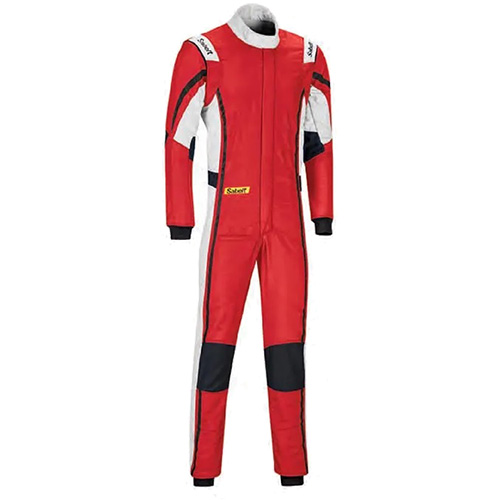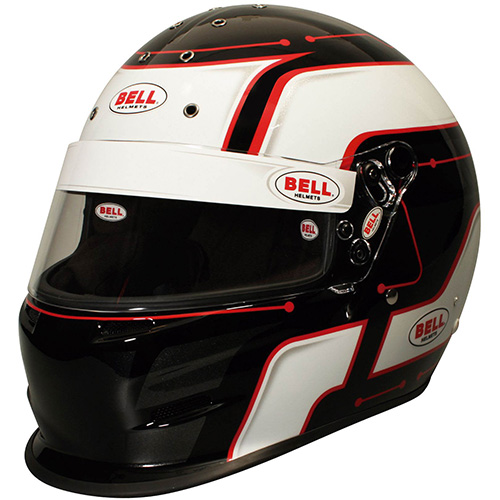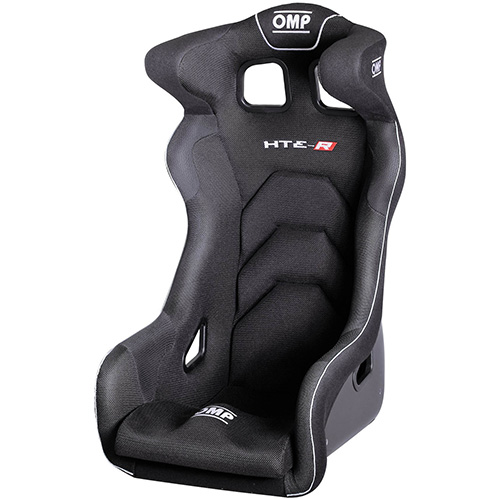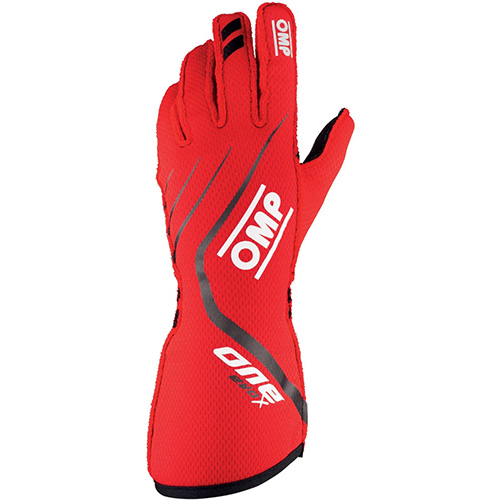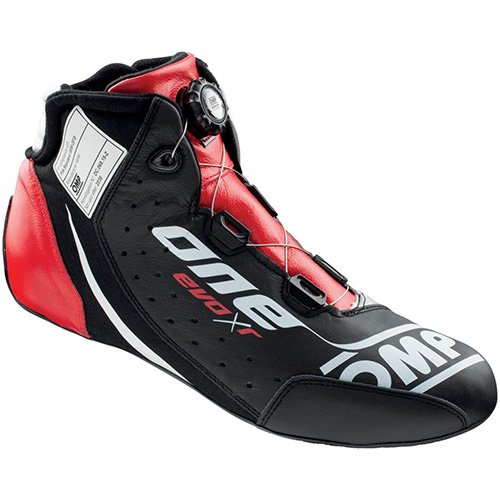Tire Tech: Cooper Zeon RS3-S and RS3-A
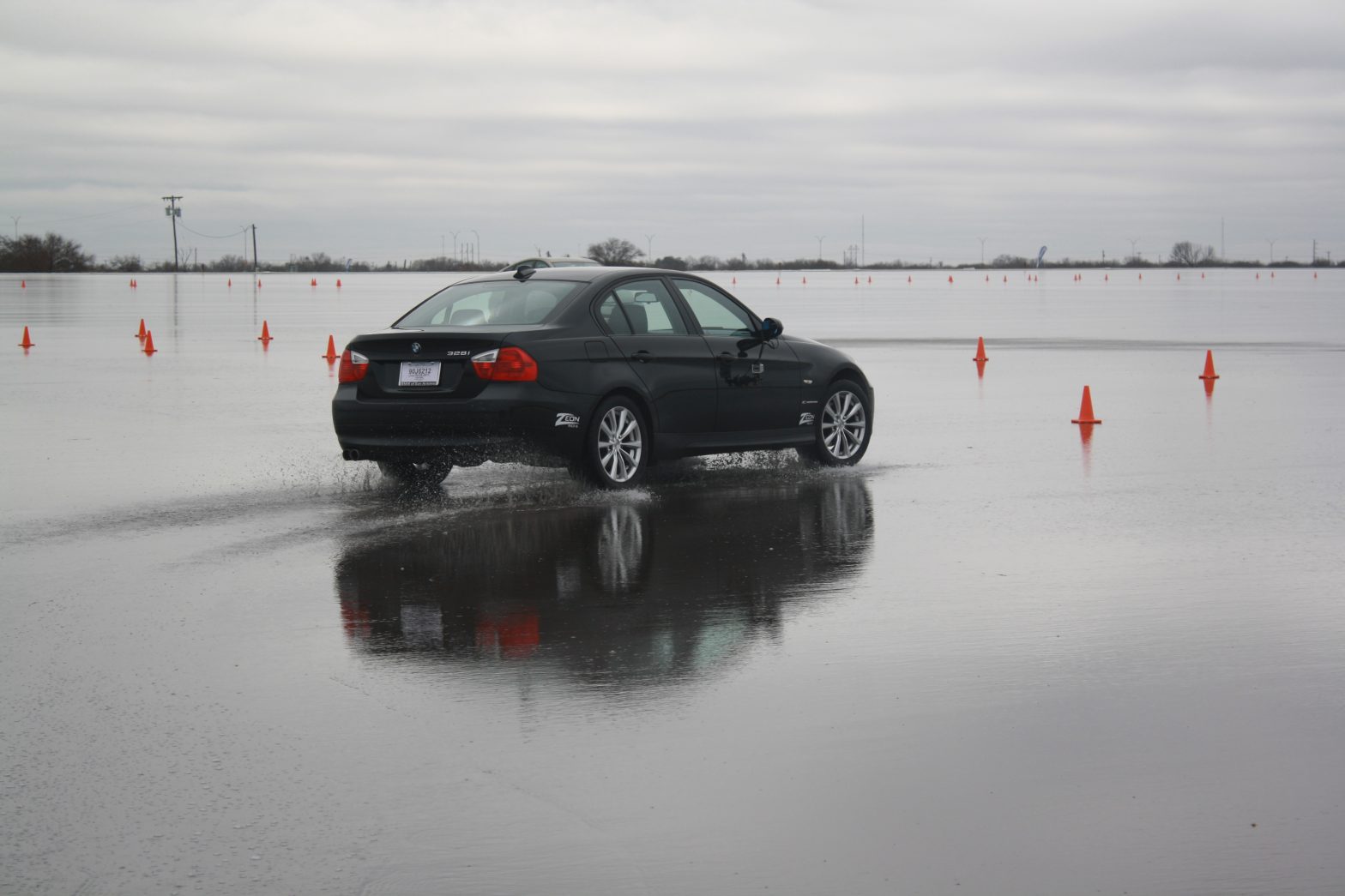
Founded in 1926, Cooper operates eight manufacturing facilities around the world (four in the US, one in the UK and Mexico, and two in China) and produces tires under both the Cooper and Avon brands. The Findlay, Ohio-based manufacturer tends to focus its energy on the OEM-replacement side of the tire game. To that end, Cooper is releasing two brand new lines of ultra high-performance tires, the summer Zeon RS3-S and the all-season Zeon RS3-A.
Tire Talk: Cooper Zeon RS3-S & RS3-A Review
Tire technology can be about as easy to understand as Klingon, but we’ll try our best to decode the surfeit of info we got from our day of testing with Cooper. For starters, both the RS3-S and RS3-A use a tread compound that is silica based. Geology majors might recognize silica as a very fancy name for sand particles. As it turns out, silica has a rather interesting effect on tires, decreasing wear without creating a very hard (and therefore less grippy) rubber compound. This creates a more comfortable ride, as well as a tire that has better dry and wet traction.
That tread compound is laid out in an asymmetric pattern, which not only increases surface area (creating a larger contact patch between rubber and road) but allows the tires to wear more evenly. This arrangement has the maintenance-friendly side effect of allowing cross rotation of the tires during maintenance (side-to-side swapping, rather than just front to back).
Besides the silica-based tread construction, Cooper’s new ultra-high-performance tires (UHP) feature a unique lightweight construction that serves to decrease unsprung weight (an absolutely essential factor in handling prowess) while increasing the stiffness of the sidewall (a stiffer sidewall keeps the tire from rolling onto its shoulder during hard cornering, which can limit the size of the contact patch).
Finally, the RS3-A all-seasons feature a design element known as three-dimensional micro-gauge siping. Don’t worry, our head was spinning too. These sipes are basically cuts in the shoulders of the tires, which serve to evacuate water during hard cornering maneuvers without limiting the tires contact patch. What makes them special is that as the tire wears, the sipes remain, maintaining traction in wet weather and light snow.
Driving Impressions: Cooper RS3-S vs. Michelin Pilot Sport 2
Tire talk is all well and good, but once the presentations were over, we were ready to hit the track. We used the 2011 BMW 328i for summer tire testing, while all-season duties were handled by 2011 Ford Mustang V-6. Besides the Cooper rubber, competitive UHP summers from Michelin and all-seasons from Hankook were on hand for us to test.
We did find the inclusion of Hankook somewhat odd, especially considering the bevy of UHP all-seasons available from more well-known manufacturers like Continental, Dunlop, Goodyear, and Pirelli. It was also disappointing to discover that all of our testing would take place on the race track (disappointing from a reviewer’s viewpoint, not a car geek’s). Excluding public road testing really limited what we could discover about these tires in the real world, where things like ride quality can be affected by tire choice. Despite these issues, we headed out for our first trip in the BMW.
Using Michelin Pilot Sport 2s (the same stock rubber found on the BMW M3, Chevrolet Corvette ZR1, and Porsche 911), we set out in the BMW to tackle the complex of decreasing-radius turns, long sweepers, and chicanes. Our first impression, (helped by a slight off-track excursion) was just how much the Michelin rubber moved around under hard cornering. The tires felt prone to sudden losses of grip, especially when entering and exiting a turn. When hitting a corner at a higher speed, the Michelins felt like they wanted to enter into a four-wheel lateral slide. Decreasing the entrance speed seemed to help, but there was still an overwhelming feeling of twitchiness when piloting the Michelin-shod car.
We soon switched to the Cooper-equipped BMW and set out. Our immediate first impression was an overwhelming feeling of stability between rubber and road. The Cooper’s felt much more pinned down, with less movement during harder cornering. That feeling of entering a four-wheel drift simply wasn’t present when entering a turn at high speed. There was also less roll, which we suspect was down to the stiffer sidewall construction that was mentioned in the initial presentation. Unfortunately, we weren’t able to test the Coopers on a public road to see what impact this stiffer sidewall had on daily livability.
Ultimately we felt a lot more confident driving on the Coopers, which showed through in the lap times—we were about five seconds faster on average on the RS3-S tires.
Once our dry testing was complete, we headed over to the wet pad. Situated on an eight-percent grade, one end of the pad is doused in water and uses gravity to cover the rest of the track (Being an eco-friendly company, Cooper recycles all of its water). This course featured more decreasing-radius turns, and even a few duel-apex setups along with some aggressive chicanes. Once again, we started out on the PS2-equipped Bimmer.
First and foremost, the PS2s felt better in the wet than in the dry. That’s not to say they actually were better, but that they gave more confidence during wet handling. They still required more than a bit of mid-corner correction, but they didn’t feel as if they would let go quite as quickly. Too much roll through the sidewall was still annoying.
Switching to the Coopers, we found the same level of confidence that we felt in the dry. There was simply more grip to be had, and the tires were far more progressive in the way they went about losing traction. The Coopers weren’t bulletproof in the wet, though. We found traction upon accelerating out of a turn to be a bit sketchy, and braking didn’t seem quite as strong as what we noticed on dry road.
Once again, the lap times told the story. We were about two seconds faster on the Coopers than the Michelins, while we lost eight and five seconds respectively from our dry times.
Driving Impressions: Cooper RS3-A vs. Hankook Ventus V4
After overindulging on some authentic Texas barbecue (probably not our wisest idea considering the afternoon’s activities, but hey, we weren’t going to offend any one) we headed back to the track. This time out, we tested the all-season Cooper RS3-A against the Hankook Ventus V4 behind the wheel of the Ford Mustang. Besides the different rubber, the 305-horsepower, solid-rear-axle Mustang delivered an altogether different driving experience compared to the 230-horsepower, independent-rear-suspension BMW.
To switch things up, we headed out in the wet first. The most immediate difference was just how much more grip we had in the wet compared to the summer tires. The Hankooks felt very pinned down, and didn’t exhibit any of the sidewall roll that plagued the Michelins. In all, we didn’t have much to complain about on the V4s. There was a certain tendency towards oversteer, but the loss of grip was smooth, progressive, and could easily be countered with a dab of throttle.
Our next trip out was on the Coopers. Once again, there was a feeling of unerring confidence that these tires would just grip, provided we didn’t do anything stupid. It wasn’t the same level of dramatic improvement we saw when going from the Michelins to the Coopers, but the RS3-As did feel better than the V4s when being pushed. Grip was plentiful, and we had the confidence to push the cars even harder around the track.
The times give us an indication of just how well the all-seasons performed. While we were about 2.5 seconds faster on the Coopers than the Hankooks, our average time on the RS3-As was only about two-tenths of a second off the summer RS3-Ss wet time. We really can’t say enough about the kind of wet performance that the RS3-As offered. There is a real feeling of surefootedness that we wouldn’t have expected from a Mustang on a wet handling track.
The last track session of the day would take place on the dry track on the all-season rubber. As close as the Hankooks and Coopers were in the wet, they were even tighter on dry ground. The Hankook’s offered plenty of grip, and like on the wet pad, proved to be progressive in the way they went about losing traction. There wasn’t as much communication as we would have liked, which made it difficult to ascertain just how much traction was left. If anything, the Hankooks felt a bit numb when being pushed.
That wasn’t the case on the Coopers. The same feeling of absolute confidence that we’d had all day long on the summers was present on the all-seasons. The tires really communicated through the body just how much grip was left in reserve, and how we could exploit that. We found our best times of the day running the dry track on the Coopers. While this was likely thanks to track familiarity, it also had something to do with the accessibility of the RS3-As, which were simply easier for ham-fisted journalists like your author to exploit.
If you want to get your hands on this new rubber, you’ll have to wait until April 4. Initially, the RS3-S will be available in 21 different sizes while RS3-A buyers have 35 different choices. As production picks up, look for new sizes to be added based on demand. Cooper hasn’t released pricing yet, but claims that both the RS3-S and RS3-A should slightly undercut the competition. Considering that a 235/45R17 (the smallest size available for the RS3-S) Michelin PilotSport 2 starts at about $188, and a 205/55R16 (the smallest size available for the RS3-A) Hankook Ventus V4 costs about $76, it sounds like the Coopers will be quite a bargain.
